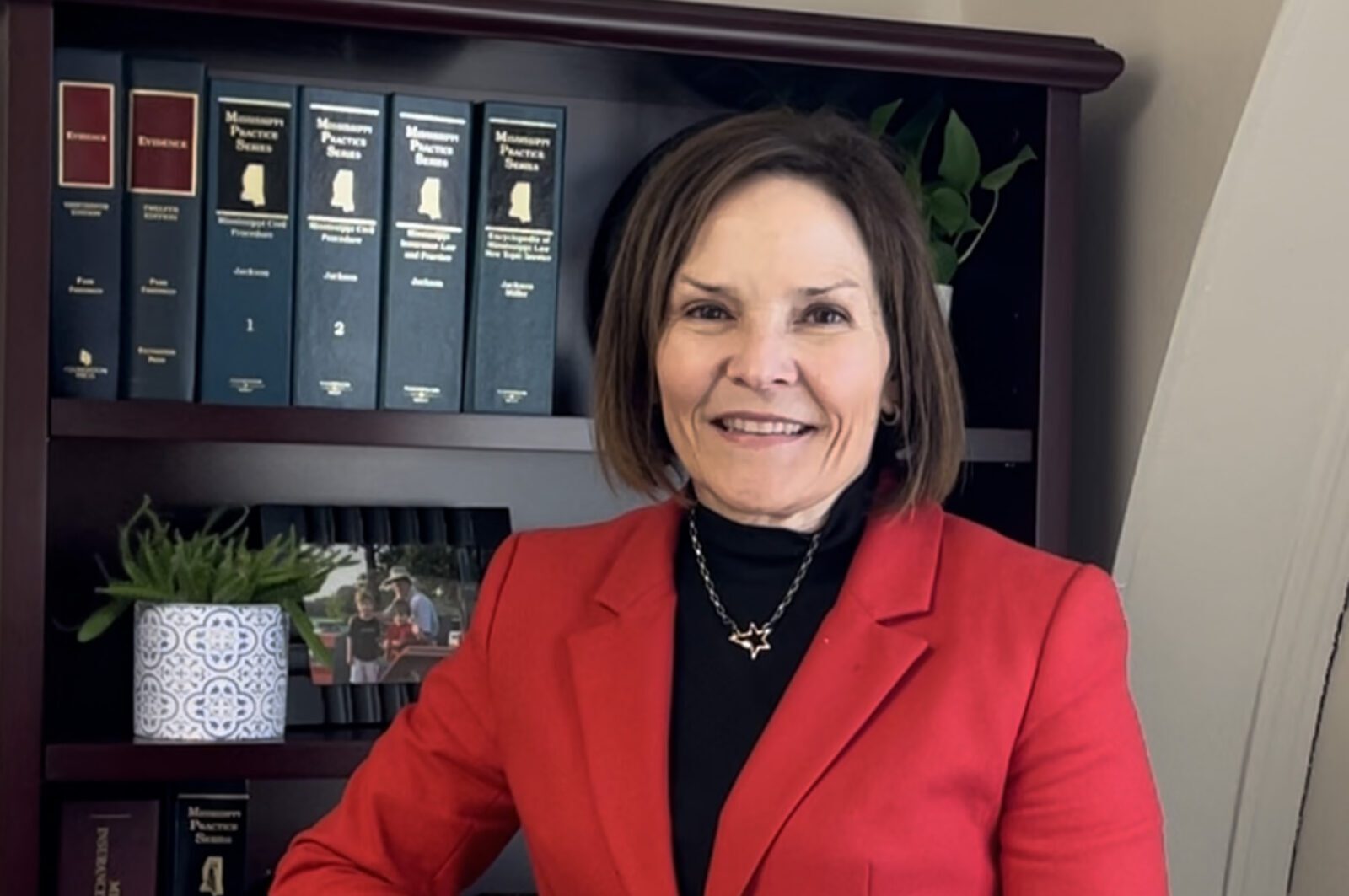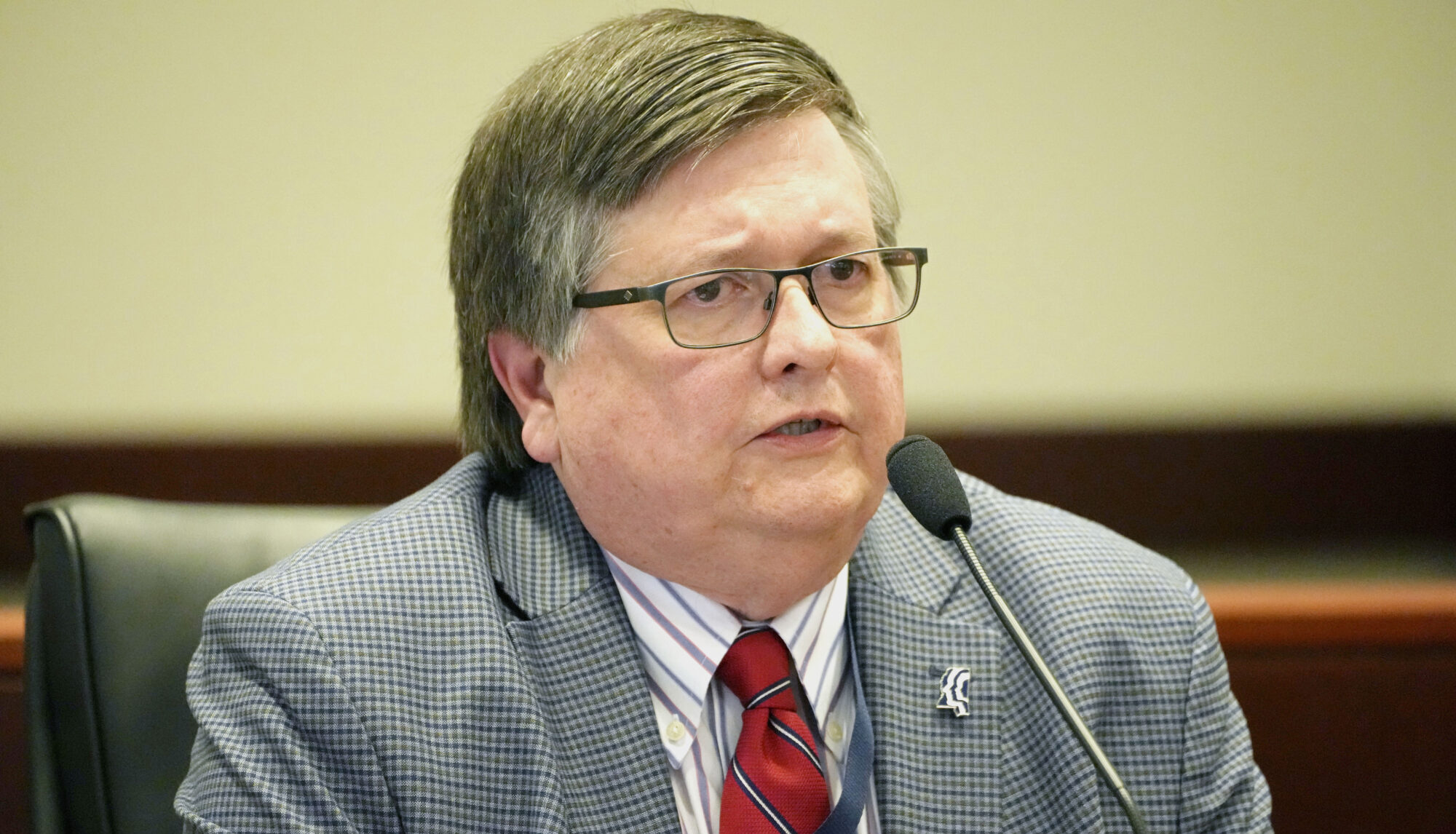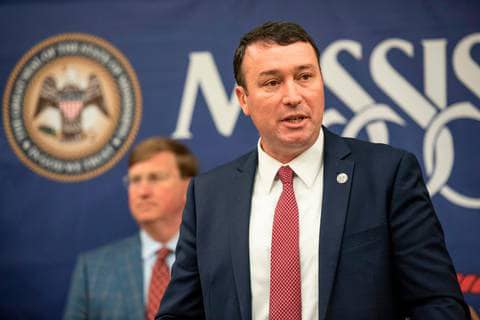
Mississippi Department of Child Protective Services Commissioner Andrea Sanders. Submitted photo
Pay scales, mentally stressful cases and the economy are contributing to continued turnover rates in CPS, but efforts within the state agency over the last few years are helping ease the trend.
Mississippi’s Department of Child Protective Services (CPS) works to ensure the safety of children who fall within its care, but pressures of low pay, mentally strenuous work and the current economy are making it hard to keep personnel long-term.
CPS has a total of 1,700 positions filled by various professionals. CPS Commissioner Andrea Sanders said that of those total positions, about 57 are vacant, seven of which are supervisory roles.
To try to limit the amount of stress the employees deal with, the agency is working to stay within legally imposed limits.
Supervisors are limited to overseeing the efforts of five case workers, and case workers are to be limited to a total of 14 cases. But turnover and other factors could mean caseloads reach 17, or in some instances even higher. Sanders said 17 is the national average, but the state is currently under the requirements as part of the Olivia Y lawsuit settlement to keep the limit at 14.
Currently, Sanders said 79 percent of the caseloads were 17 or fewer with 66 percent of that number handling 14 or fewer.
“It is important to intentionally bring those numbers down to where no one is at twice the case load,” Sanders said.
The Olivia Y lawsuit, filed in 2004, alleged the state’s foster care system was not effectively protecting children who had been placed in CPS custody. The namesake of the suit was 3-years-old at the time and showed various signs of abuse and neglect after being in the care of a foster family. In spite of those signs, the lawsuit alleged, the child never underwent a health examination and did not receive other beneficial aid.
Stipulations of the settlement reached in 2008 did not include a monetary payout but did set forth more than 110 standards of practice for CPS to meet by 2018, such as limiting caseloads, ensuring child wellbeing by providing medical screenings and removing the office of CPS from under the Department of Human Services in order to ensure it was properly funded. A modified settlement agreement and reform plan was set out in 2016. According to coverage across the state, by 2019 CPS had met only 37 of those requirements.
When Sanders took over as the Commissioner of CPS three years ago, the turnover rate of case-carrying staff was at about 35 percent. Today, she said the percentage is down to near 21 percent for case carrying staff and 19 percent agency wide.
“So, we have implemented and built out an intentional workforce wellness group that does engagement with workers across the state to build employee morale and create a bereavement group,” Sanders said.
Part of the reason turnover is so high is due to the subject matters seen in the most extreme cases.
“This work has a very high burnout rate, especially if they had to deal with a child fatality or a heinous crime scene,” Sanders said.
To help address burnout, when staff have to deal with difficult cases involving death or major crimes, Sanders said that case worker may need to see a therapist and take time off to recover once a case is complete. Sanders added she is also working to increase the CPS workforce so current employees can take time off.
Pay is another reason CPS has trouble keeping case workers. When Sanders assumed the responsibility of Commissioner, the entry level annual salary was roughly $31,000. Now, first-year case workers start out making about $38,000 as part of a nine-tiered pay scale she established. Sanders said all other salaries across the board were adjusted as well, but not at the same percentage.
“I felt it was important to get to the base level that is competitive in the market,” Sanders said. “We’ve gotten to a place now where if someone gets their license with a bachelor’s in social work, they make three to four thousand more.”
By earning a master’s in social work, that person could make upwards of $50,000.
“That is a livable wage, and also something that allows them to do the work without taking on other jobs to pay their bills,” Sanders says.
Leadership positions range in pay from $73,000 to the top of the tier making $90,000.
By implementing the nine-tier pay scale, Sanders feels it provides a career path for employees to improve their skills, training and experience.
“I don’t want to just take what I can get. We are interacting with children every day. It is nuanced work, so I want the best employees we can have,” Sanders stated.
Another hurdle that creates turnover is that case workers may be called to work during off hours. Sanders said children don’t adhere to an 8 a.m. to 5 p.m. schedule when they decide to run away. As a result, staff know they may be on-call and have to respond to incidents across the state outside of their typical region. The Commissioner of CPS is working on a new initiative that will provide those employees with on-call pay and overtime when they are responding to a case after hours.
By paying current employees more to maintain their current position, Sanders believes it saves the state money. Hiring and training a new employee costs $35,000, which is why she continues to ask the Legislature to keep the pay scales close to the market rate. Additionally, once a person is hired for a state job, the onboarding process can take up to a month, but it can be as short as a couple of weeks.
“If we can stabilize the labor force, we will get better outcomes for kids and save money. The cost of turnover is financially very high and detrimental to our practice,” Sanders said.
Turnover not only affects the other case workers, but most importantly negatively affects the children.
“These kids are in our care because they were abused or severely neglected. If we have to send new counselors out, they can’t form a relationship,” Sanders says.
Social work is not for everyone, and case workers need time to adjust to the intricacies of the job. To attract a bigger pool of applicants, CPS allows case workers to have a background in fields related to social work.
“I think it takes about two years for social workers coming out of school to master all that they have to do,” she stated.
Degrees and/or experience that have the capacity to carry over to a position with CPS include law enforcement, nurses, child development and psychology. Sanders said the complete list of compatible degrees is a bit broad, so she tends to focus on the ones that put people in situations they will most likely see as a case worker, such as law enforcement.











